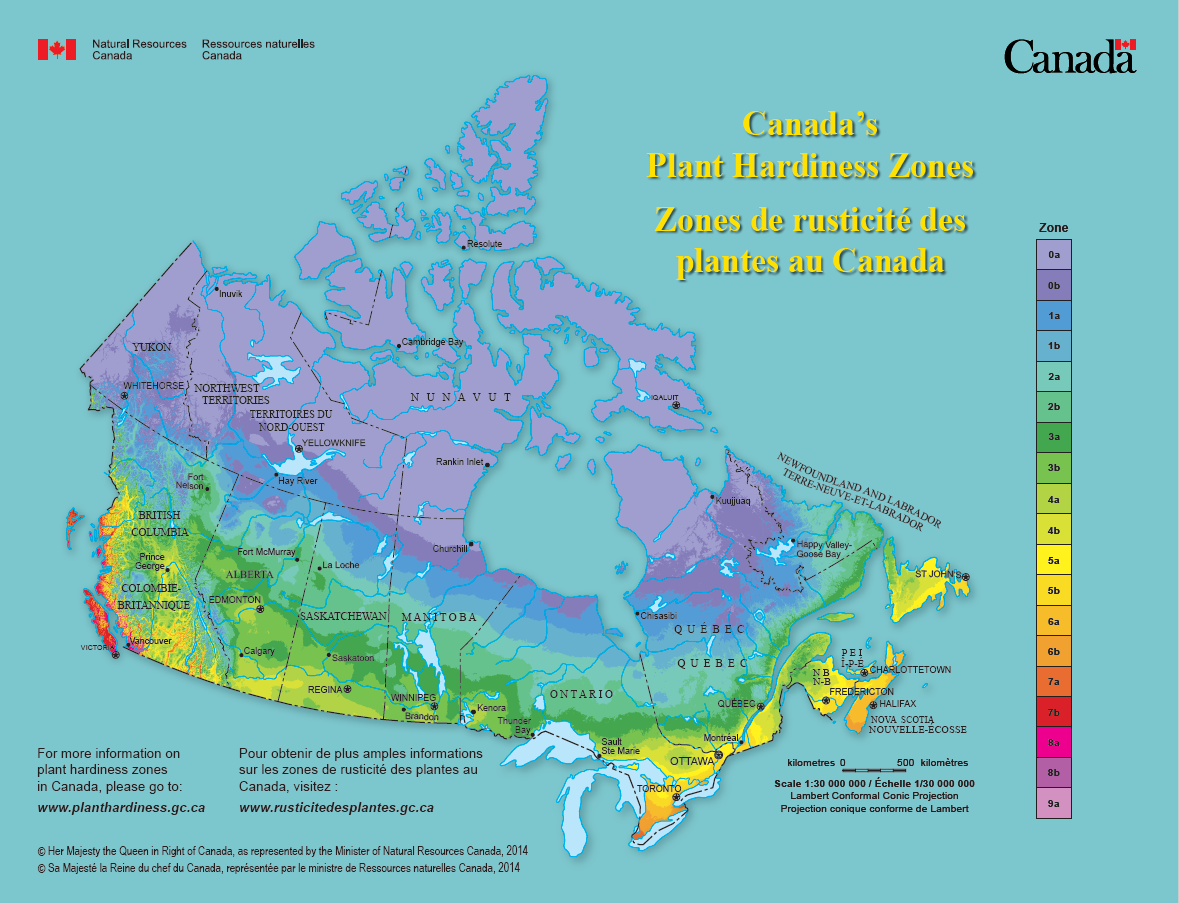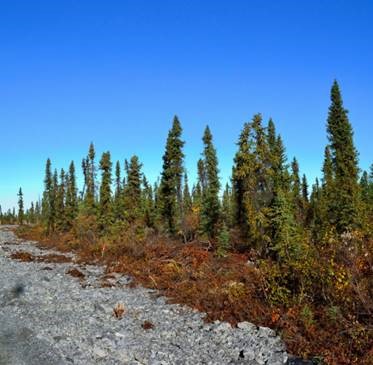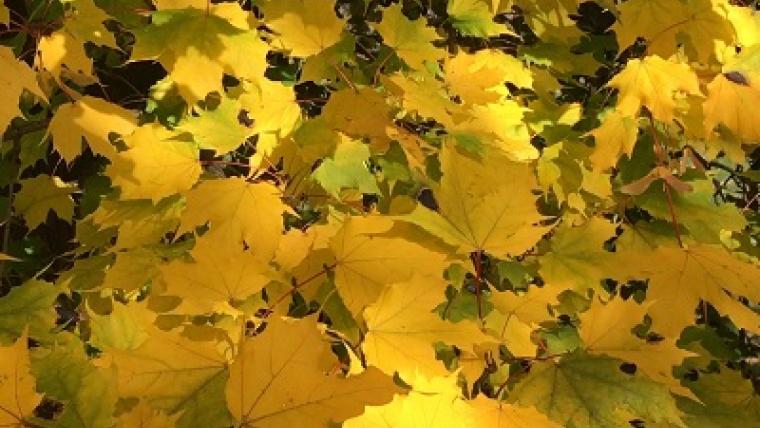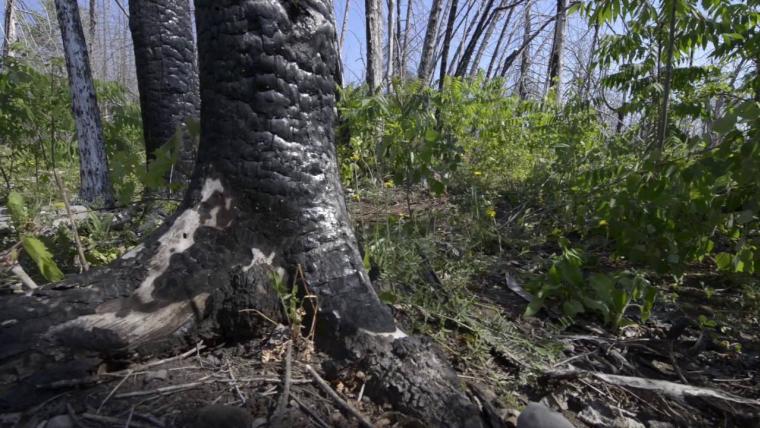My Tree app helps you choose the right tree for your backyard
By Anna Reepschlager
April 18, 2018
My Tree app helps you choose the right tree for your backyard
“It would be lovely to sleep in a wild cherry tree all white with bloom in the moonshine.”
— the character of Anne Shirley in Lucy Maud Montgomery, Anne of Green Gables, 1908
Would wild cherry trees thrive on Prince Edward Island today? Would apples grow in the orchard outside Green Gables? There’s now an app for that — My Tree.
Developed by scientists and policy-makers at Natural Resources Canada (NRCan), My Tree lets users select their location to view a list of the most-promising trees for planting at that site.
A tree app with deep roots
The app is based on the latest map of Canada’s Plant Hardiness Zones, which outlines 10 different climatic zones across Canada, based on factors such as maximum and minimum temperatures, frost-free period and precipitation. These zones help gardeners and others determine where trees, flowers and other plants can grow.
My Tree also provides information on key tree characteristics, such as size, light and soil requirements, autumn colouration, and native/introduced status. Much of this supplementary information comes from Trees in Canada — the definitive publication from NRCan’s Canadian Forest Service.
Agriculture Canada created the first version of Canada’s Hardiness Zones in the 1960s. These maps were updated in 2000, and again in 2013, by Dr. Dan McKenney and co-workers at the Canadian Forest Service. The series shows how Canada’s climatic zones are changing through time.
Striking changes in climatic zones
Comparisons between the original and updated maps show that areas in Northern B.C. are up to three hardiness zones warmer, from zone 0 to zone 3. Portions of Vancouver Island are now classified as 9a — a zone that did not previously exist in Canada. Changes in Eastern Canada are less striking, but they are still noticeable and related to climate warming.
Many practical uses
Whether you are planning a garden or a forest, these recent hardiness zone updates can help you take Canada’s changing climate into consideration. They could lead you to consider species or varieties that are new to your region.
“This kind of science can connect us with interests as wide-ranging as gardening, helping the Canadian Food Inspection Agency with invasive species questions and long-term forest planning,” says Dr. McKenney.
Dr. McKenney and his colleagues are continuing to develop new climate products and plant distribution data through information gathered from scientists and members of the public. They plan to continue updating the plant hardiness map and quantifying the climatic requirements of a wide variety of plant species using a climate envelope approach.
This approach provides more refined maps on the potential suitability of individual species compared with the general information from plant hardiness zones. The plant hardiness website, http://planthardiness.gc.ca currently provides maps and models covering more than 3,000 plant species.
Concrete jungle meets urban forest
The diversity and health of trees in urban areas are also attracting plenty of attention nowadays. Studies have shown that a healthy urban forest can attract walkers, runners and others seeking a beautiful, peaceful atmosphere. Other benefits include a habitat for wildlife and the prevention of soil runoff. A diverse urban forest is also less susceptible to pests such as the emerald ash borer, which continues to wreak havoc on forests across Canada.
“When planning to plant trees, we need to figure out what can we plant that will be around for decades,” says Verna Crossman, a science policy advisor with NRCan who helped create the My Tree app. “A lot of people think that the city will just take care of the urban forest, but the city manages only a small part; for example, there are lots of backyard trees. You have to have the knowledge to plant what makes sense in your space.”
Page details
- Date modified:




